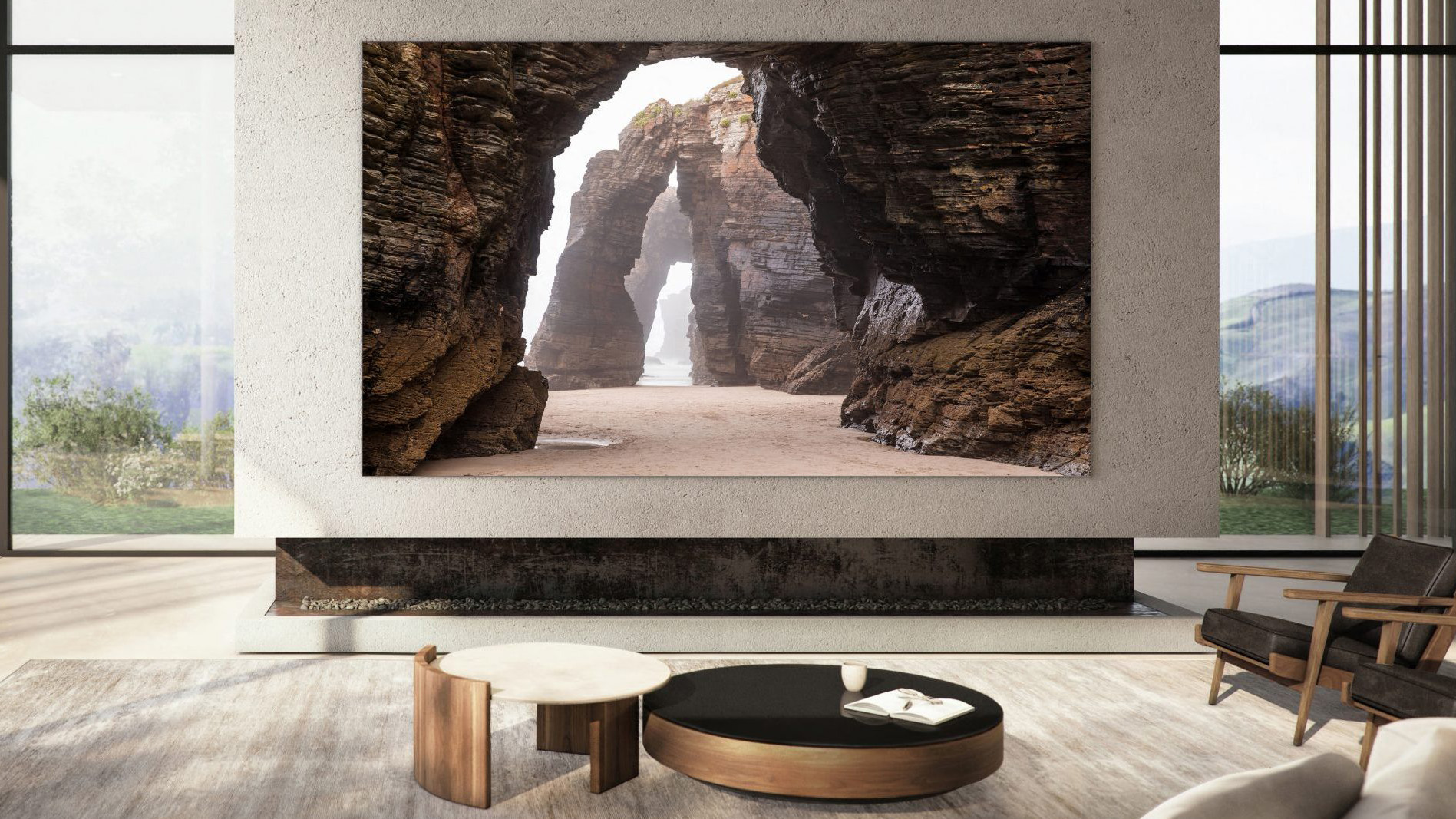OLED-beating micro-LED TV tech looks uncertain as LG and Samsung wobble, but hope is not lost yet
Micro-LED is an amazing technology. But it's going to remain amazingly expensive for several more years

Do you remember when micro-LED was the future of TV and would leave the best OLED TVs in the dust, with its superior brightness and equally good black tones? Unfortunately it seems that that future is still some years away. A new report says that both LG and Samsung are pulling back on their investment in the technology, because it's proving much more difficult to manufacture than anticipated.
The news is significant because the two firms are arguably the biggest champions of micro-LED. LG's first micro-LED TV and Samsung's The Wall absolutely wowed six years ago, and in addition to being the biggest manufacturer of micro-LED TVs today, Samsung has been coming up with interesting ideas such as transparent micro-LED displays, which it showed off at CES 2024. But years after we first saw those beautiful pixels, micro-LED has the same problems that it had back then: it's too big, and it's too expensive.
What's the problem with micro-LED TVs?
Manufacturers still think micro-LED is the future. For example TCL CSOT, which makes panels used in TVs not just from TCL but from other firms (including Samsung) too, started selling micro-LED TVs in China recently, and has no plans to dial back investment that we're aware of.
But according to reports in the Korean trade and financial press (via FlatPanelsHD), while LG and Samsung both intend to keep investing in micro-LED, they're scaling back. Samsung has delayed its plans to increase production, while LG has already reduced the size of its micro-LED research and development teams and is considering moving more micro-LED developers into its established OLED business.
The problem is that the technology isn't developing very quickly. Since its announcement, prices have dropped a lot, but still land in the six-figure range, partly because the tech is still limited to massive panels. And micro-LED has yet to see the vastly improved efficiency and economies of scale that start to bring prices down: last year industry analysts Omdia predicted that panels would drop in price by around 75% by 2027, but a year on and there are no signs that that prediction will come true.
Even if Omdia's prediction proved correct, it wouldn't be enough to satisfy the likes of Samsung: according to trade publication ETNews, Samsung has just held a meeting with key partners during which it told them that they need to get production costs down dramatically in order to make micro-LED TVs competitive. And by dramatically, we do mean dramatically: Samsung reportedly told its partners that they need to cut the cost by 90%.
There's no doubt that micro-LED is the next step in TV panel technology. But it's a step that's taking a lot longer than predicted, and we've been told by major manufacturer that it'll easily be 5 to 10 years before micro-LED can be considered commercial. So for the next few years at least, don't expect to see micro-LED TVs among out list of the best TVs – though if you have a really big wall and an even bigger budget, perhaps you'll still be tempted.
Get daily insight, inspiration and deals in your inbox
Sign up for breaking news, reviews, opinion, top tech deals, and more.
Writer, broadcaster, musician and kitchen gadget obsessive Carrie Marshall has been writing about tech since 1998, contributing sage advice and odd opinions to all kinds of magazines and websites as well as writing more than a dozen books. Her memoir, Carrie Kills A Man, is on sale now and her next book, about pop music, is out in 2025. She is the singer in Glaswegian rock band Unquiet Mind.
